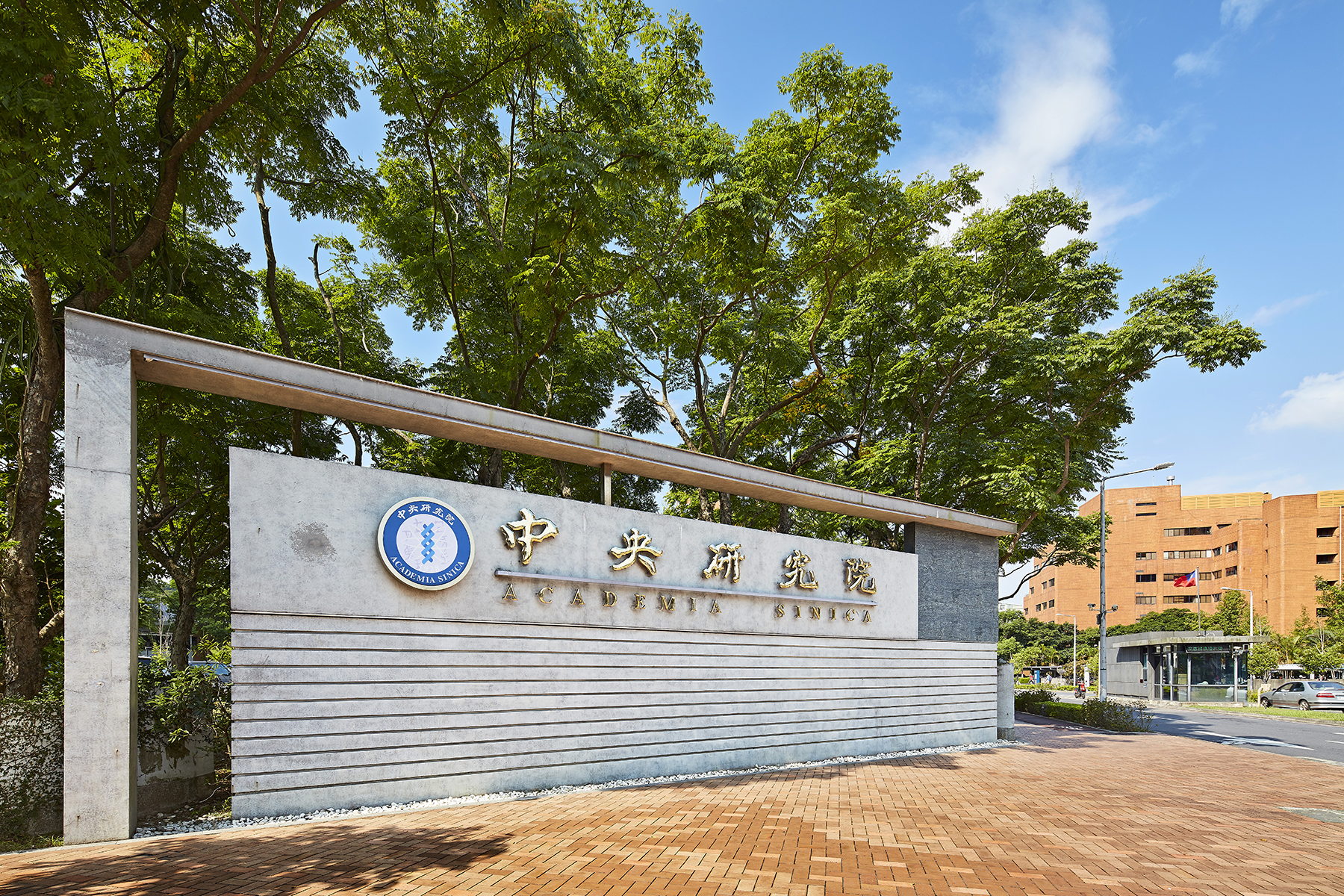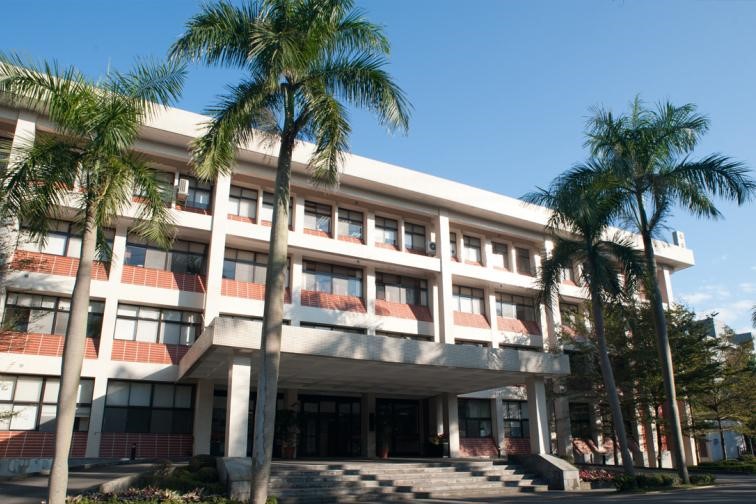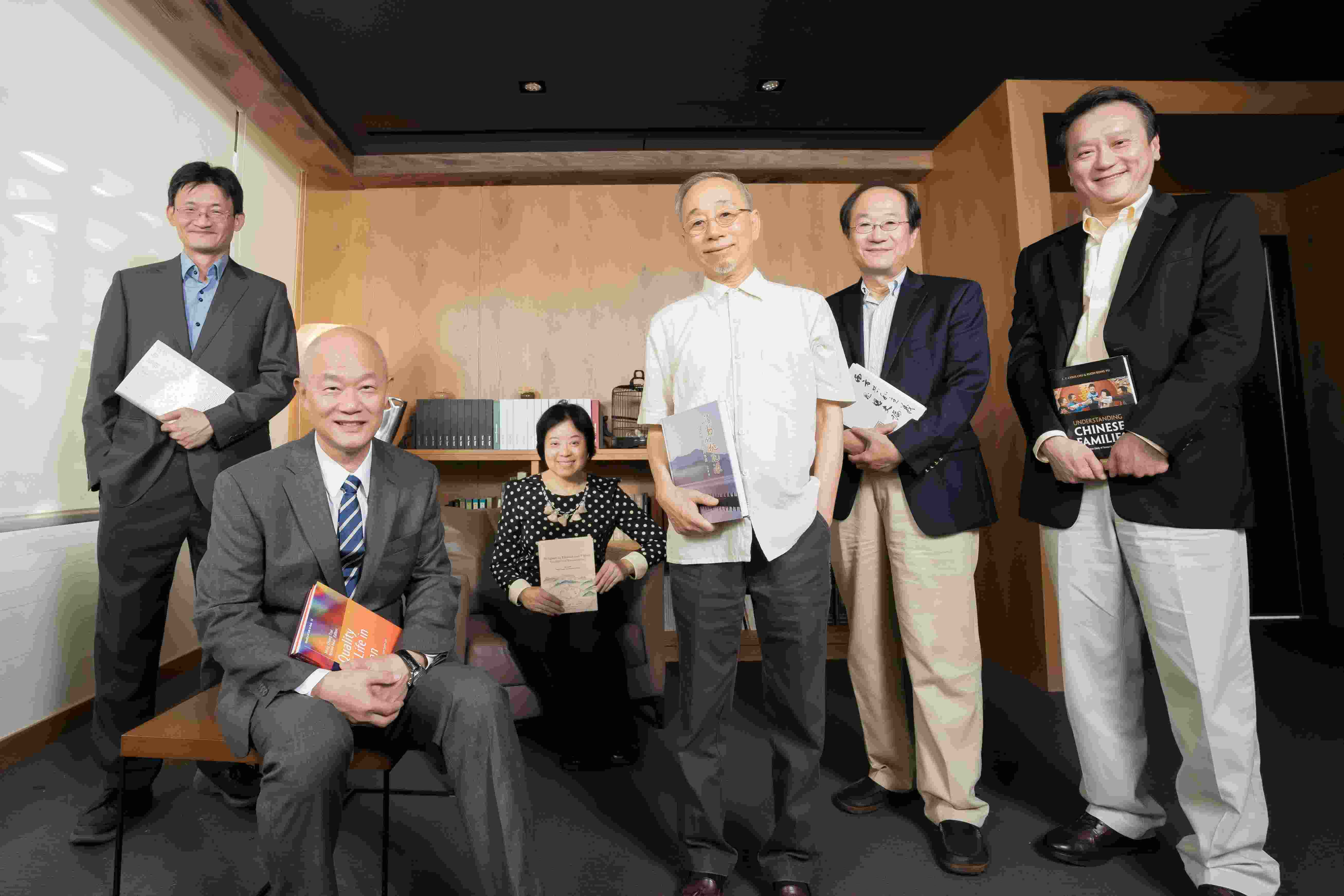Date: 2017-08-23
Dr. Shie-Liang (Edmond) Hsieh, Distinguished Research Fellow at the Genomics Research Center, and his team members from several laboratories in Taiwan have recently discovered that the pattern recognition receptor CLEC5A plays a critical role in innate immunity against Listeria infection. In addition, CLEC5A was also found to bind to glycans from several bacterial strains by pathogen glycan array analysis, suggesting CLEC5A may also function in host defense against a range of bacterial infections. The research was published in the top-tier scientific journal Nature Communications on August 21.
Pattern recognition receptors (PRRs) are sensors that detect molecules typical of invaders that do not belong to the host organism. They thus provide frontline protection against disease. They are expressed by the cells of the innate immune system such as neutrophils, monocytes and dendritic cells and mediate their immediate activation.
Myeloid C-type lectin 5A (CLEC5A) is a spleen tyrosine kinase (Syk)-coupled receptor (Syk-CLR) that is already known to have critical functions in the pathologies of several diseases such as Dengue fever and Japanese encephalitis.
Dr. Hsieh and his colleagues found that CLEC5A is involved in several first-line immune responses, namely, neutrophil extracellular trap (NET) formation, and production of reactive oxygen species (ROS) and proinflammatory cytokines, in response to Listeria infection. NETs are web-like structures produced by neutrophils that ensnare a variety of microbes.
The team tested Listeria in a variety of gene knock-out mice, and found that mice without the CLEC5A gene were highly susceptible to Listeria infection, in comparison with normal mice. Mice without CLEC5A also had limited expression of proteins IL-1β, TNF and IL-17A that are important for the immune response. Moreover, the livers of mice lacking CLEC5A developed severe damage associated with disappearance of IL-17A+ γδ T cells, that play a critical role in mucosal immunity of the intestine. As overproduction of IL17A is the signature of inflammatory bowel disease (IBD), this finding suggests the possibility that blockade of CLEC5A may be applied for the treatment of IBD.
Traditionally, toll-like receptor 2 (TLR2) has been considered to play a fundamental role in pathogen recognition and activation of innate immunity. However, the results from Dr. Hsieh’s team suggest that CLEC5A also has a pivotal function in the activation of multiple aspects of innate immunity against bacterial infection.
Listeria infection is a foodborne bacterial illness that can cause disease in immunocompromised individuals and can induce systemic sepsis and liver abscess in animal models.
Dr. Hsieh expressed his commitment in continuing his investigations into the relationships between NET and bacteria in future studies. Clear identification of associated mechanisms will aid in the development of effective therapies for bacterial infection.
The article, entitled “CLEC5A is a critical receptor in innate immunity against Listeria infection”, can be viewed on line at the Nature Communications website at: https://www.nature.com/articles/s41467-017-00356-3
The complete list or authors is Szu-Ting Chen, Fei-Ju Li, Tzy-yun Hsu, She-Mei Liang, Yi-Chen Yeh, Wen-Yu Liao, The-Ying Chou, Nien-Jun Chen, Michael Hsiao, Wen-Bin Yang and Shie-Liang Hsieh.
The research was conducted entirely in Taiwan and was supported by grants from Academia Sinica, the Ministry of Science and Technology, Taipei Medical University, the Tjing Ling Medical Foundation.
Co-activation of CLEC5A and TLR2 by L. monocytogenes enhances host immunity against Listeria infection.
Listeria activates CLEC5A and TLR2 simultaneously to activate both MyD88-p38 and Syk-AKT signaling pathways. Co-activation of CLEC5A and TLR2 in neutrophils enhances CXCL8 and ROS production and NET formation, wherease co-activation of CLEC5A and TLR2 in macrophages induces inflammasome activation and production of IL-1β to stimulate the development of IL-17A proudcing TCR γδ T-cells.
-
Ms. Shih-Wen Huang, Secretariat, Academia Sinica
(02) 2789-9868,shihwen@as.edu.tw









 Home
Home


